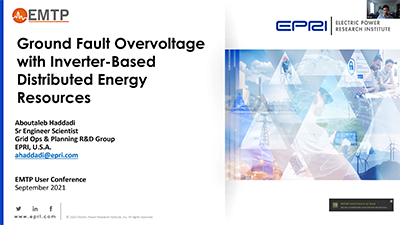Access to EMTP user presentations, webinars, and slide deck presentations.
11 presentations for stability:
Author(s): Umesh Sen - Power Grid
Type:Technical Presentation
Downloaded: 3
Date: 2021-06-21
Abstract
To meet the increasing power demand, a number of extra high voltage (EHV) transmission lines is being added to the power system network, which enhances the complexity of power system network. It is es... see moresential duty of power engineer to fulfill the growing demand ensuring the reliability, stability & security of GRID. Transient simulation tools like EMTP play a vital role to provide the flexibility to power engineer for simulating/studying the various case scenarios which couldn’t be simulate in physical power system.
Such tools eventually help power engineer to build a sustainable and secure GRID. In POWERGRID, being a central transmission utility, various studies are being carried out to arrive the technical particular of new transmission system and optimize or fine tuning of existing system. Some of them i.e. Transient Recovery Voltage (TRV) study of 1200kV Transmission network, Smart Power from insulated earth wire of EHV transmission line and 1200kV Transformer Inrush current study are discussed in presentation. 1200kV National Test Station was established & successfully charged along with the transmission line in state of BINA in India.
TRV study was carried out for assessment of various test duties of 1200kV Circuit Breaker. Presentation cover the detailed discussion of 1200kV TRV study and a brief about the facilities like HIL, HVDC control Replica setup, STATCOM replica setup available at Powergrid Advanced Research and Technology Centre (PARTeC).
Author(s): Stefan Kovacevic, Dragan Jovcic, Pierre Rault, Olivier Despouys
Type:Technical Presentation
Date: 2021-03-05
Abstract
It is well-known that an LCC HVDC may deteriorate damping of torsional modes of nearby turbine-generators, and for weak AC grid connections the HVDC may even destabilize the system. There are fewer dy... see morenamic studies with MMC although recent literature indicates that an MMC HVDC connected in close proximity of an LCC HVDC may generally improve stability. However, these studies do not consider the generator-HVDC torsional interactions in the subsynchronous domain (SSTI).
This article investigates the risk of the SSTI in a dual-infeed HVDC system (LCC and MMC) and in comparison to a single HVDC system. The test topology is inspired by the North French system in which a 2 GW LCC HVDC cross-channel link IFA2000 (1986) is connecting the French and the English AC grid. The HVDC is coupled on the French side with a 1.12 GW nuclear generator in the Gravelines plant and experimental studies showed that there may be a substantial risk of SSTI, particularly with respect to the dominant 6.3 Hz torsional mode.
This system is now becoming a hybrid dual-infeed HVDC since a 1 GW MMC HVDC Eleclink is being installed in proximity of the existing LCC HVDC, on the French side. This raises concerns of new SSTI stability issues.
Author(s): L.M. Dután, J.C. Cepeda
Type:Technical Presentation
Date: 2021-03-05
Abstract
This work shows the simulations performed using EMTP before and after tuning the PSS of the Coca Codo Sinclair hydro power plant (1500 MW) of the National Interconnected System of Ecuador. Each machin... see moree in the plant is modeled and its control systems (AVR and PSS) are represented by models created by the user and by library models. The results obtained are compared with real signals taken by the Wide Area Monitoring Systems.
In addition, the analyzes performed are shown, from a point of view of the transient stability of the plant, to determine the adjustment of the single-phase reclosing dead time of the San Rafael – El Inga transmission line, at 500 kV, taking into account the secondary arc model of the EMTP library.
Author(s): Ulas Karaagac
Type:Technical Presentation
Date: 2020-12-14
Abstract
<p>This presentation managed by Ulas Karaagac from the Hong Kong Polytechnic University, show us a Generic EMT-type Model for Wind Parks with Permanent Magnet Synchronous Generator type ... see moreFull Size Converter Wind Turbines. Some presentation of the User Conference are available: https://www.emtp-software.com/support... Abstract : Utilities are under considerable pressure to increase the share of wind energy resources in their generation fleet. With the increasing share of wind energy resources, the dynamic behavior of power systems will change considerably due to fundamental differences in technologies used for wind and conventional generators. There is very little standardization in the ways to model wind turbines (WTs) and wind parks (WPs) in sharp contrast to conventional power plants. Hence, there is an international interest to deliver generic models (i.e. standardized and publicly available) for WTs and WPs that are able to capture all performance aspects as good as manufacturer-specific models. This research developed an electromagnetic transient (EMT) simulation model for full size converter (FSC) WT based WPs that can be used for stability analysis and interconnection studies. The considered topology uses permanent magnet synchronous generator. Although the collector grid and the FSC WTs are represented with their aggregated models, the overall control structure of the WP is preserved. FSC WT and WP control systems include the non-linearities, and necessary transient and protection functions to simulate the accurate transient behavior of WPs.</p>
Author(s): Evangelos Farantatos
Type:Technical Presentation
Date: 2020-12-14
Abstract
<p>This presentation investigates the impact of wind generation on the performance of negative-sequence-based protection.</p><p>
Overview: - Main differe... see morence between EMT-type and phasor domain software. - Load-flow simulations - Time-domain simulations - Frequency Scan - Statistical runs for Insulation Coordination studies - Switching - Lightning - Transient Recovery Voltage (TRV) - Ferroresonance - FACTS/HVDC - Transient stability - Renewable - Power quality - LVTR/OVRT - Sub-synchronous resonance (SSR) - Overcurrent protection - Differential protection - Distance protection - Power-swing and out-of-step detection - Loss of field protection - Open-phase</p>

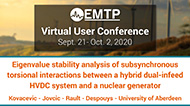
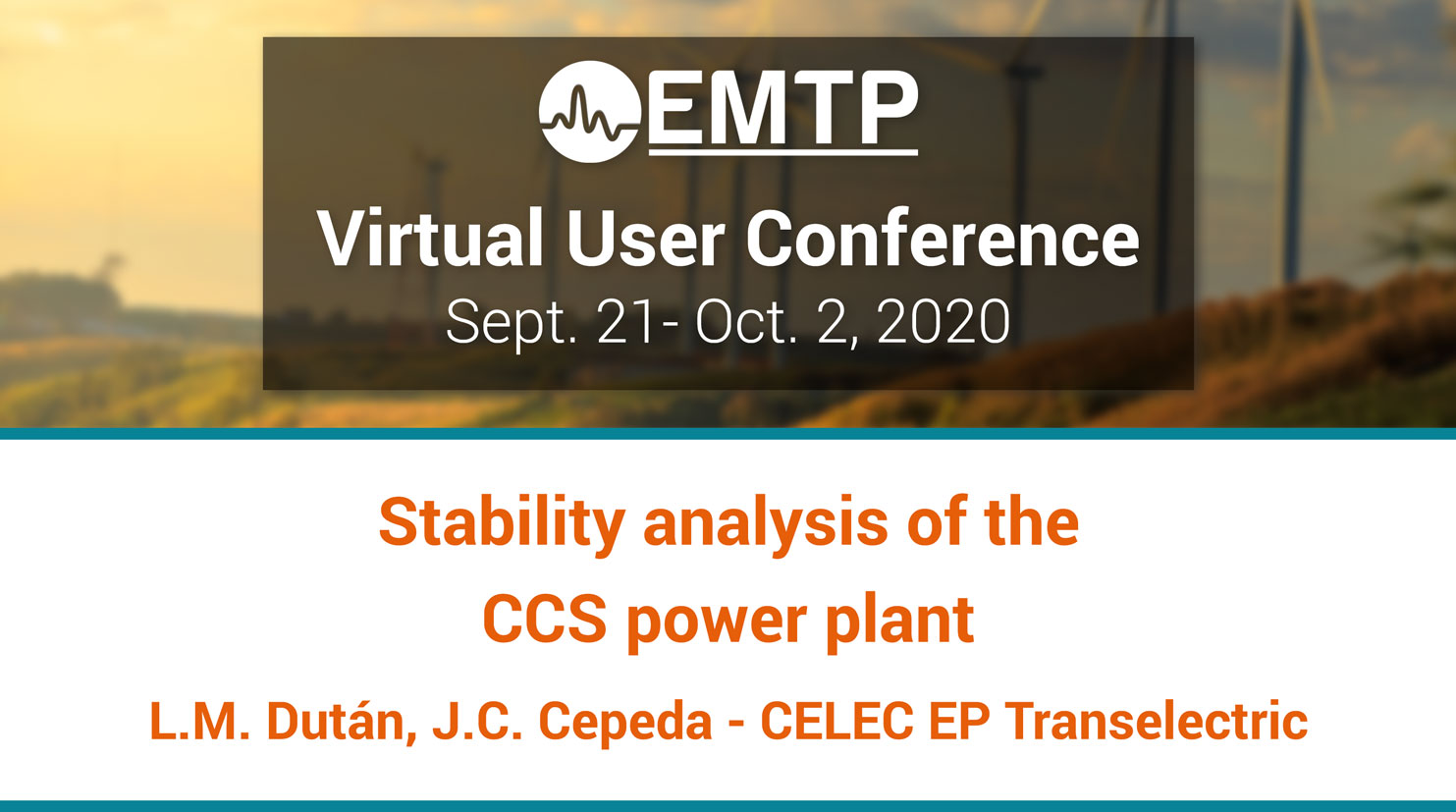
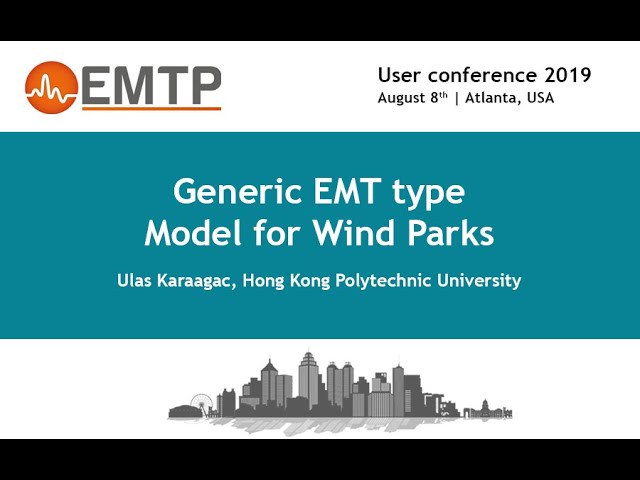
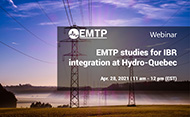
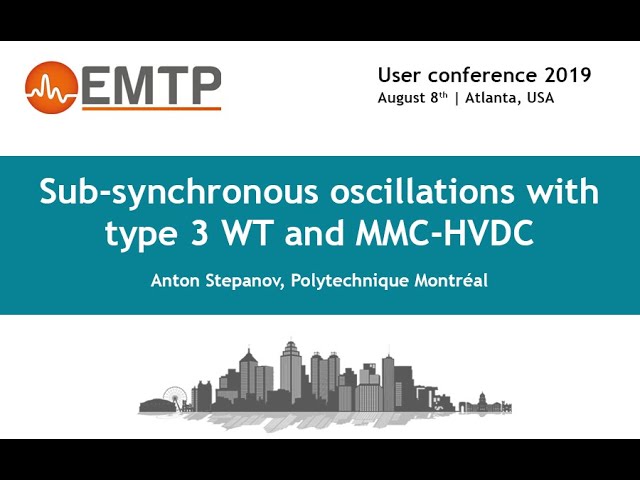
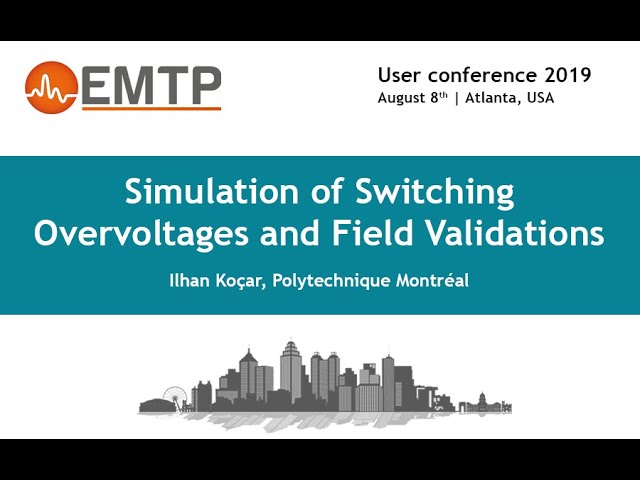
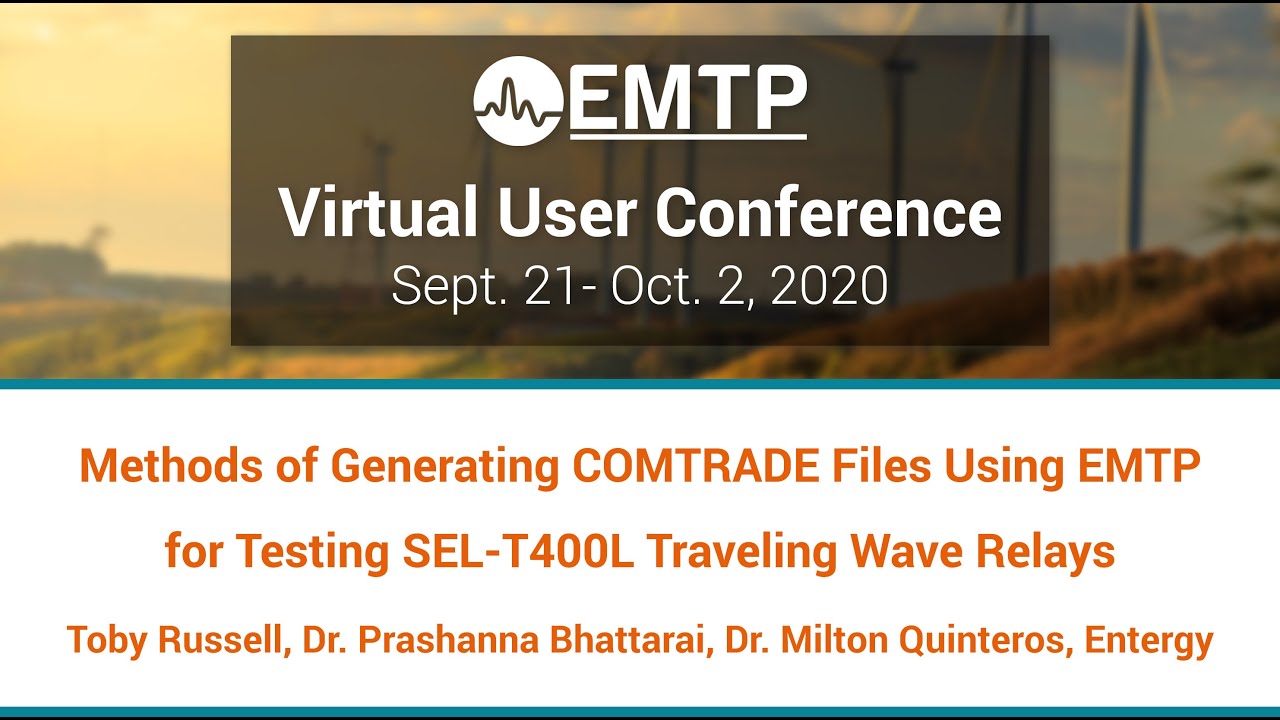
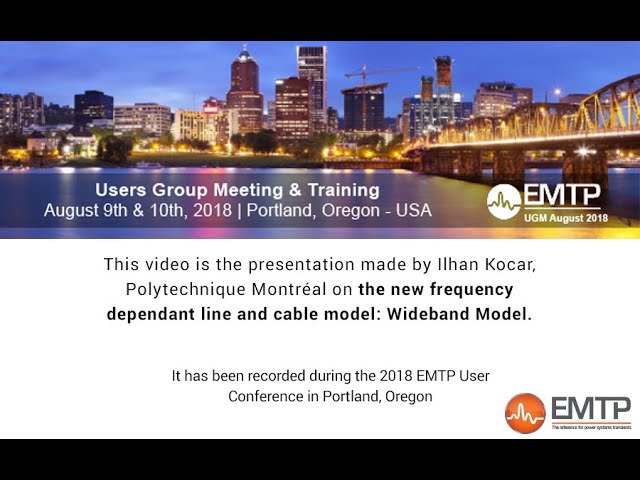
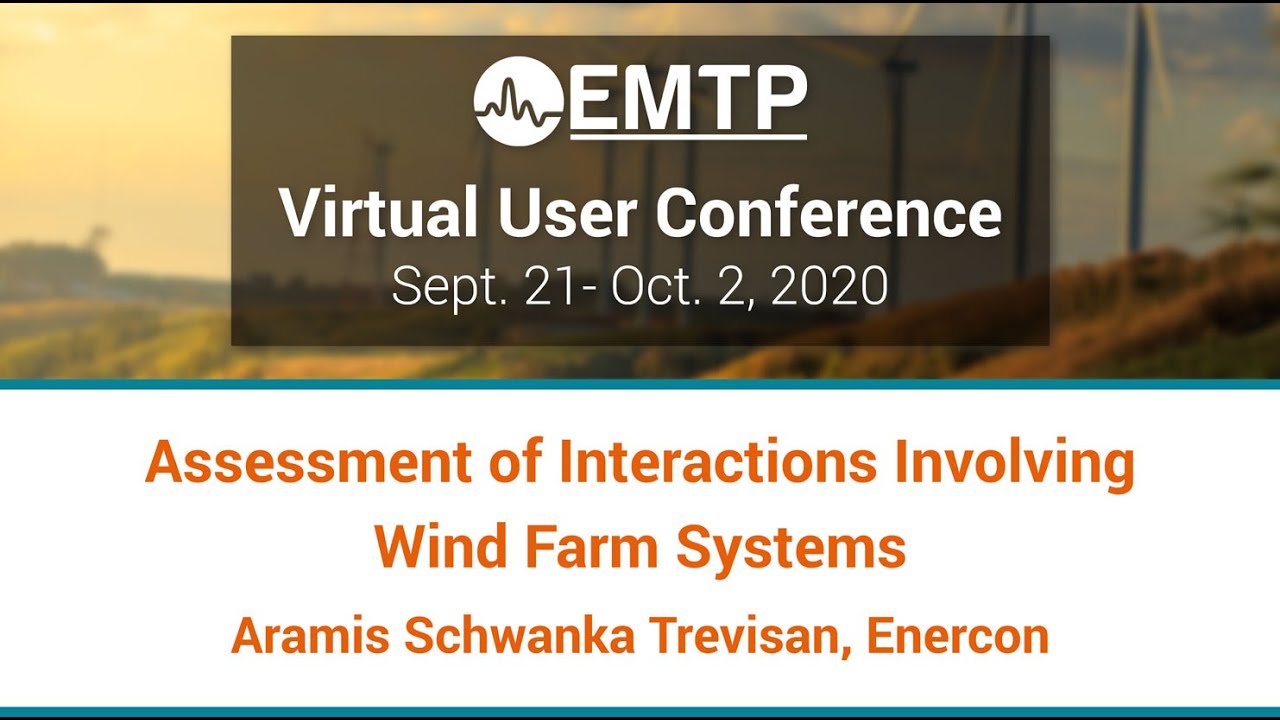
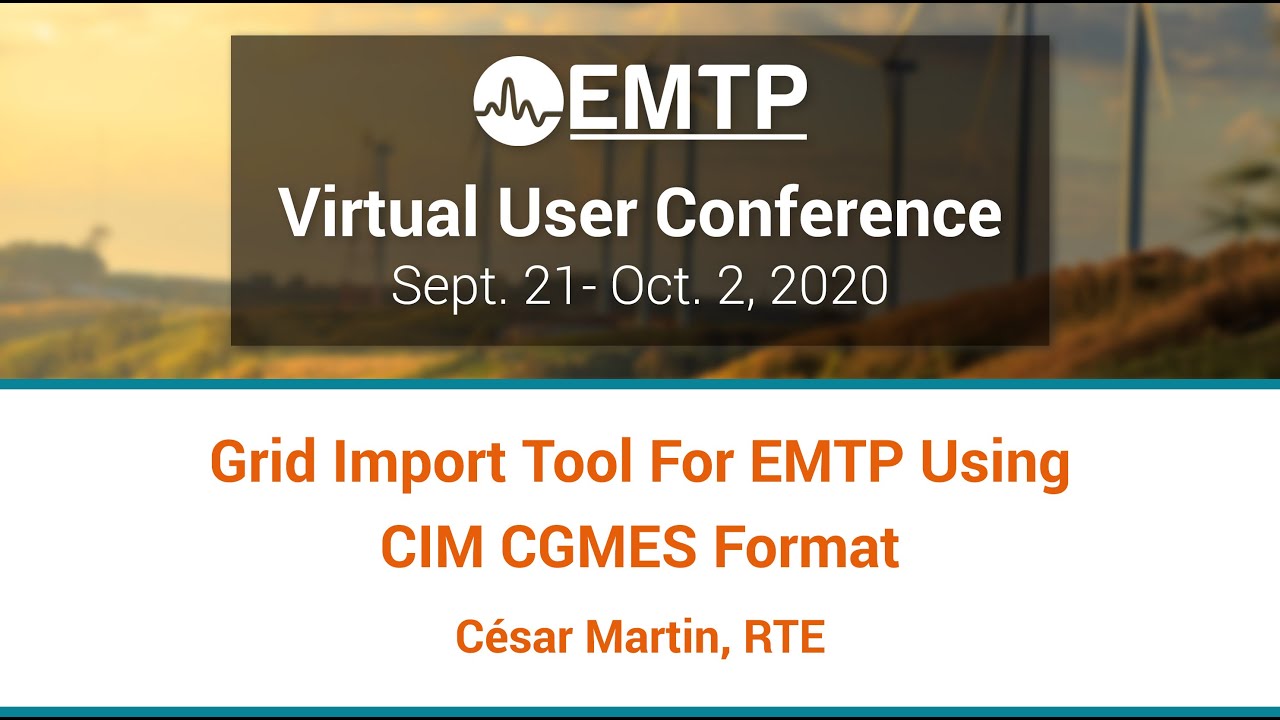
![[R&D]_EMTP : Recherche et développement [R&D]_EMTP : Recherche et développement](https://www.emtp.com/system/files/imagecache/presentation/slide1_1.jpg)
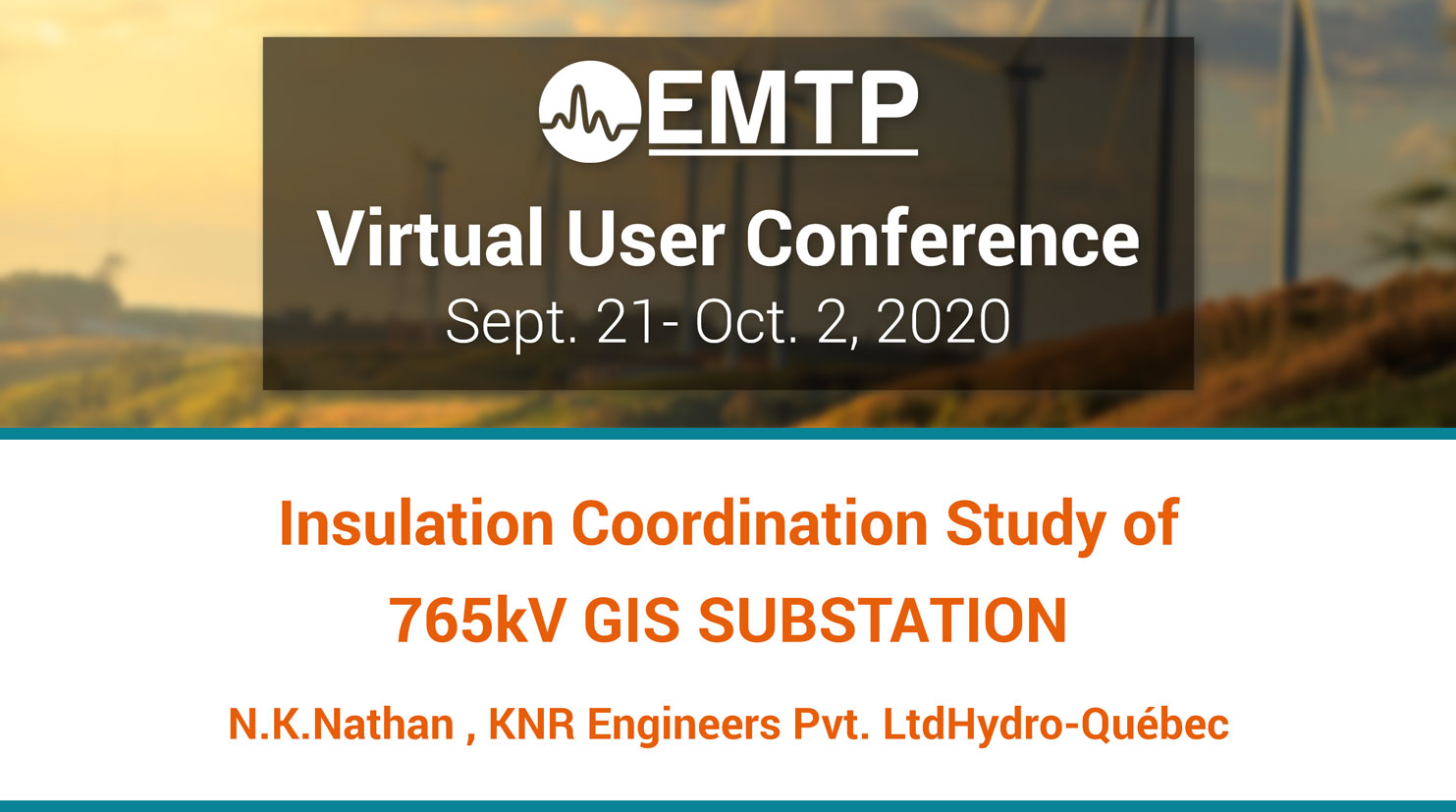
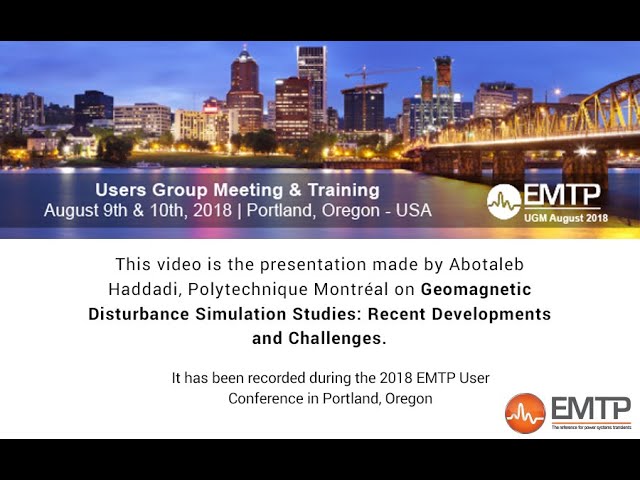
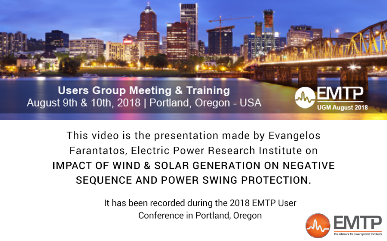
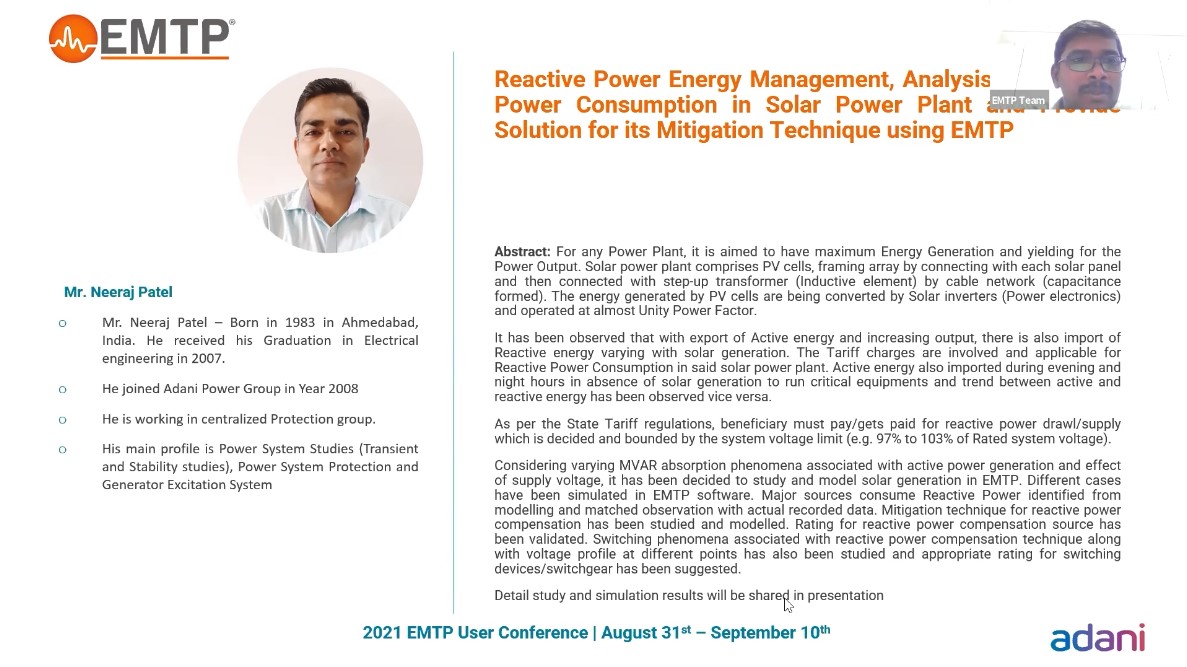
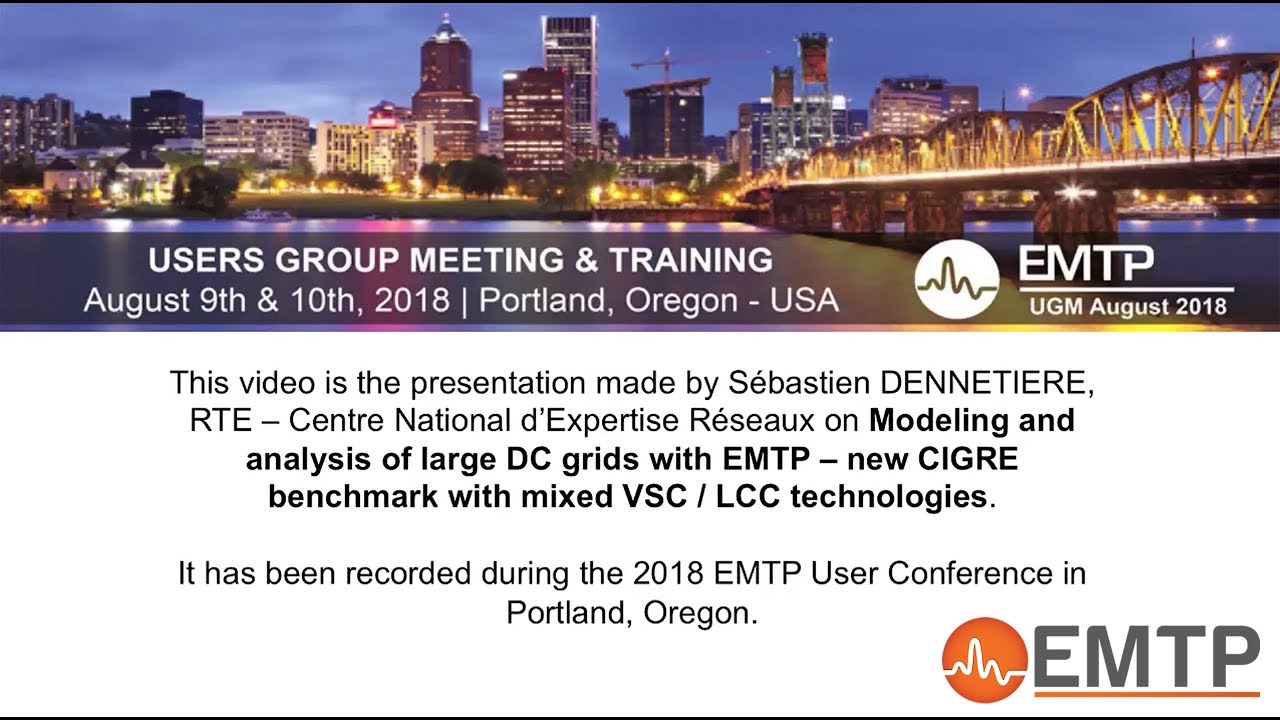
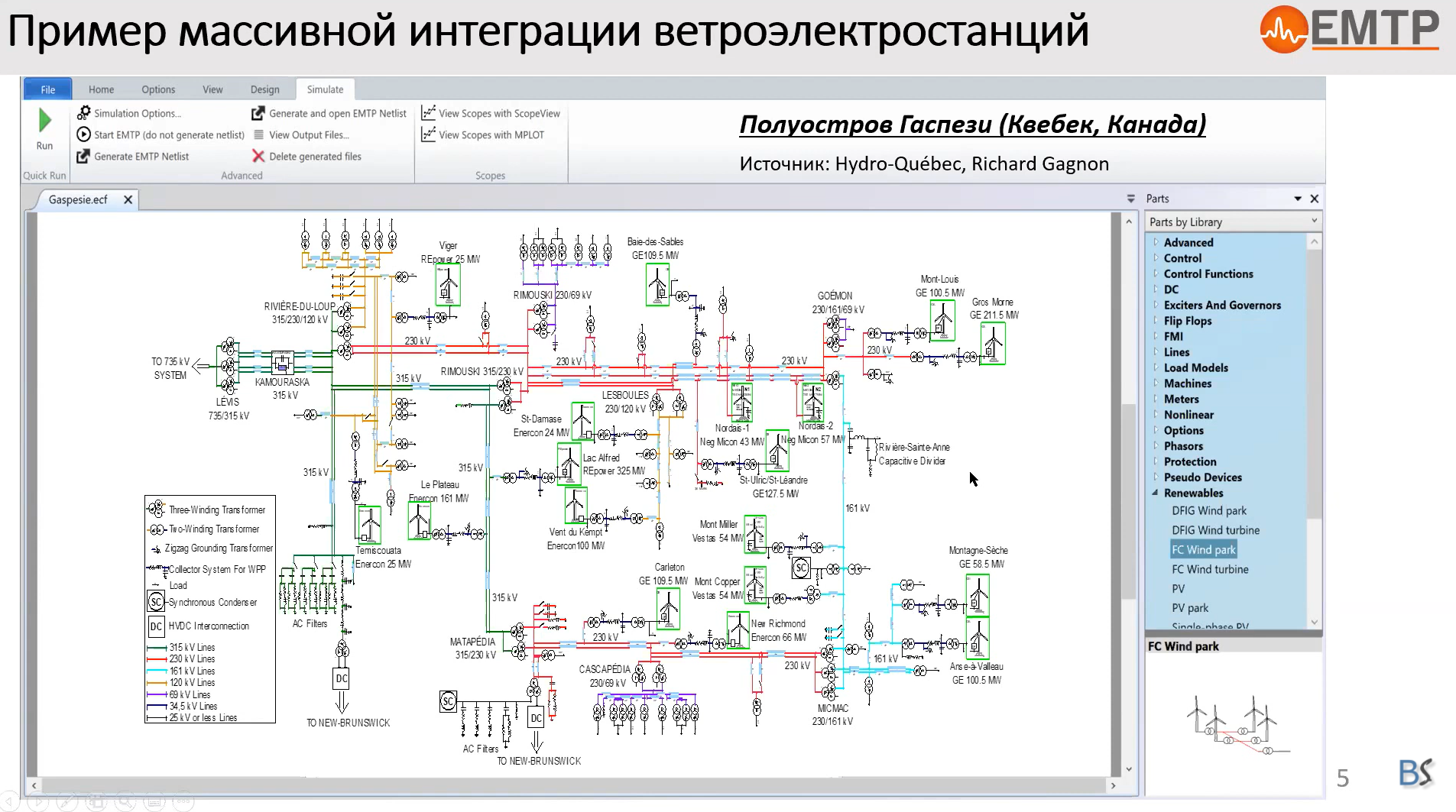
![[Protection_Devices]_Étude des courants coupés par les sectionneurs de changemen [Protection_Devices]_Étude des courants coupés par les sectionneurs de changemen](https://www.emtp.com/system/files/imagecache/presentation/TechnicalPresentation1.jpg)
